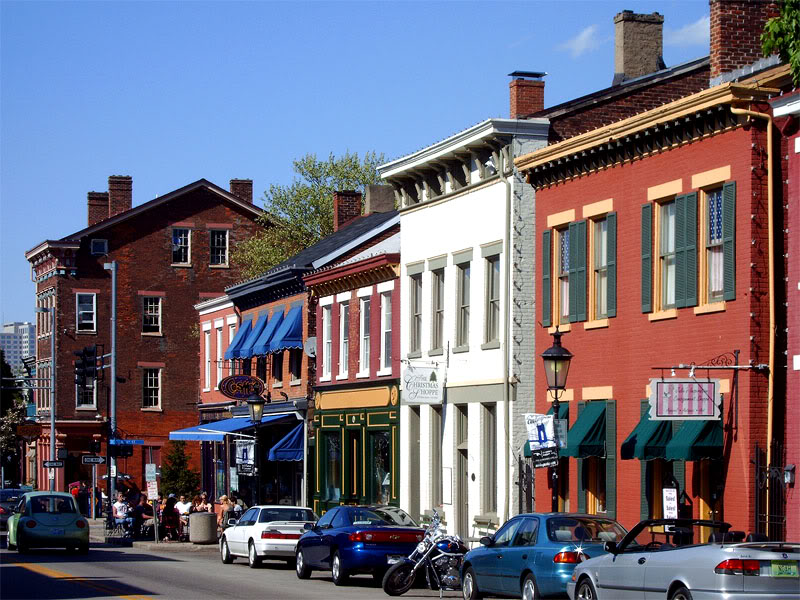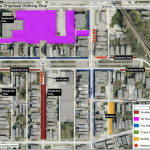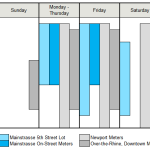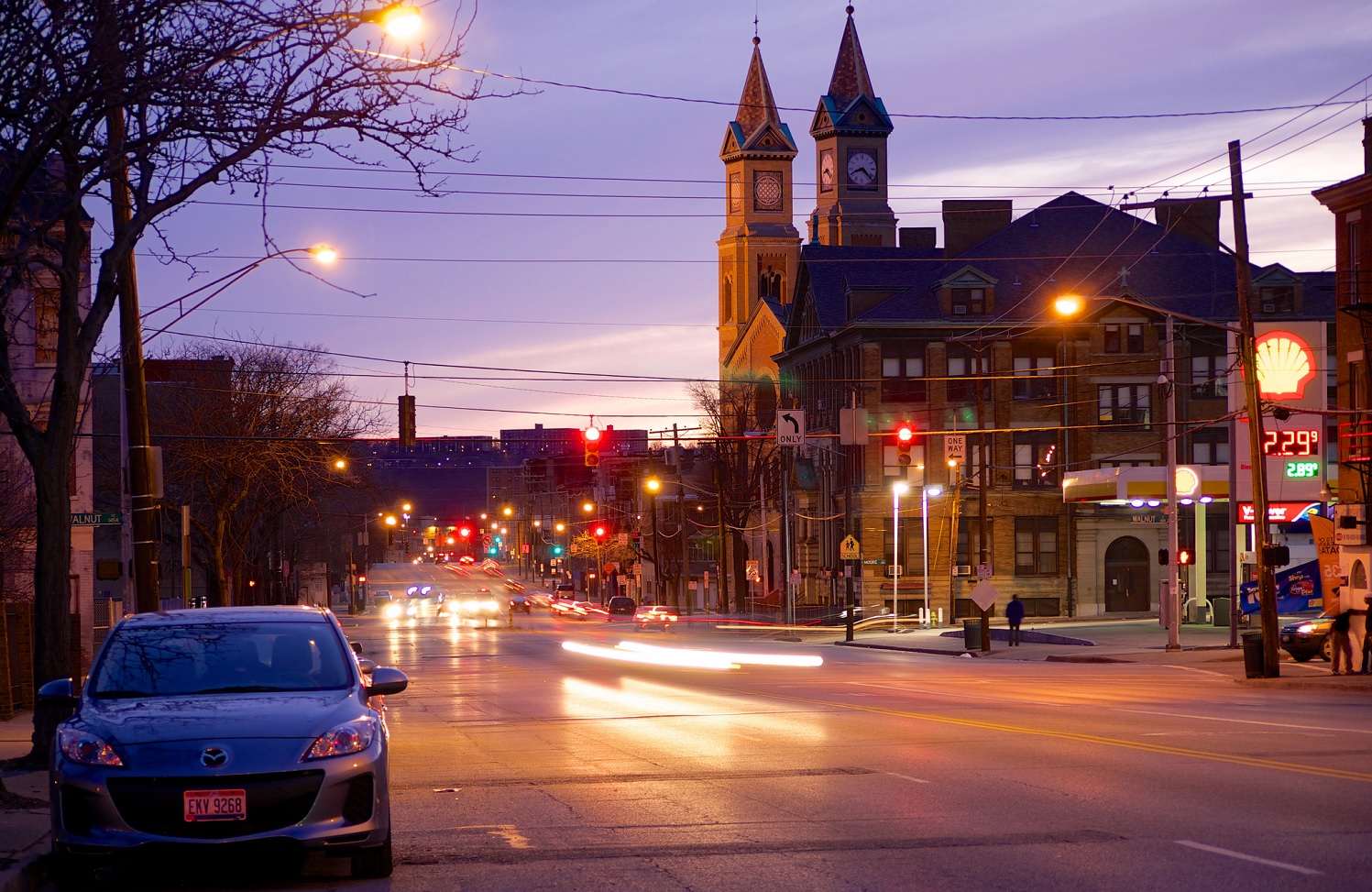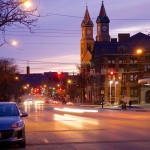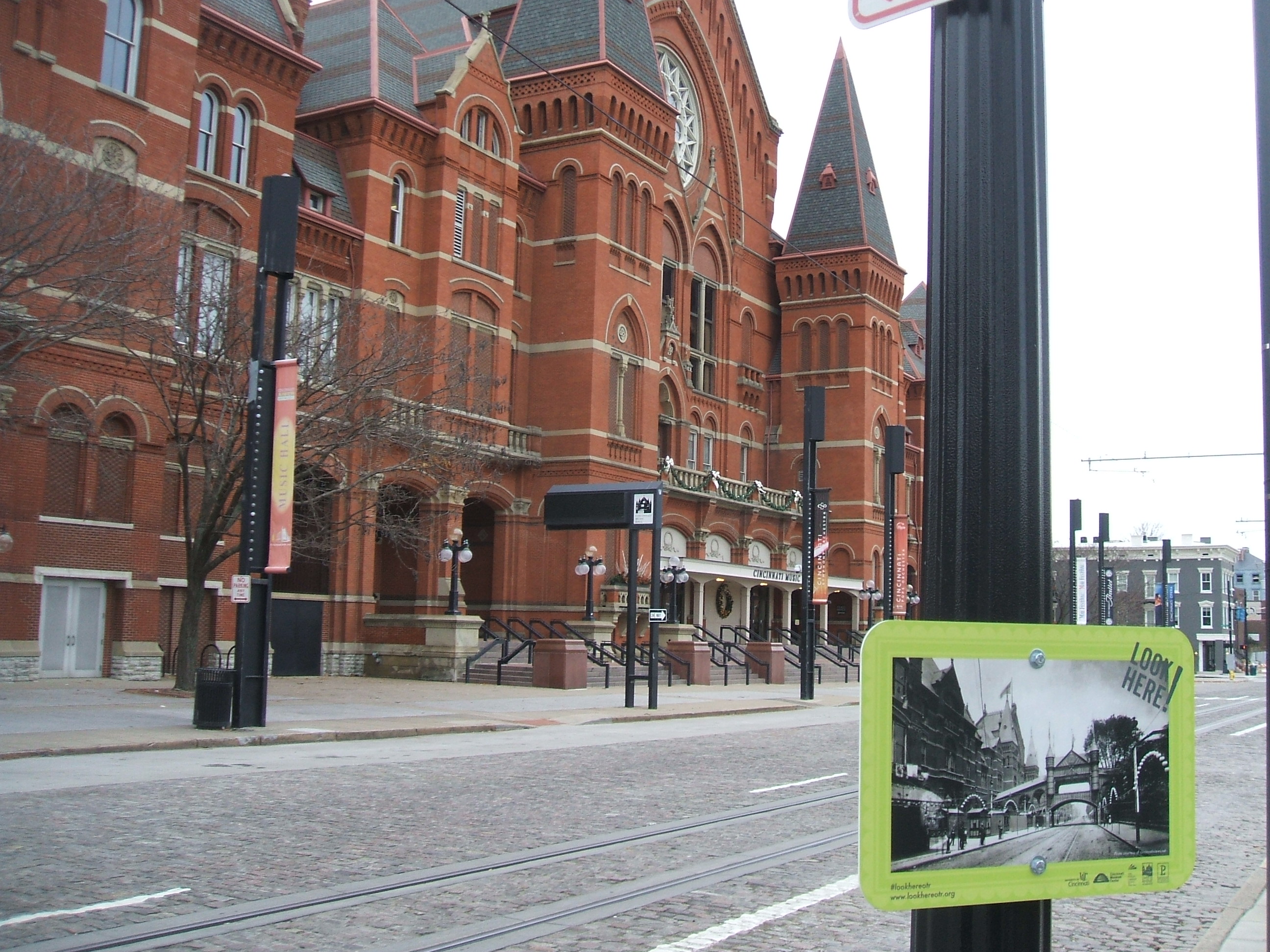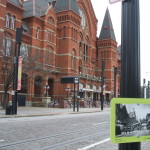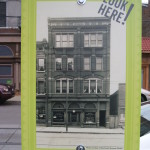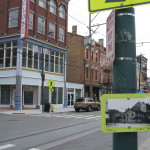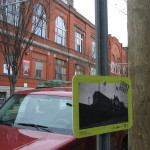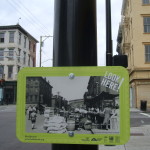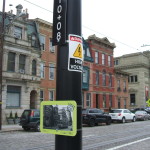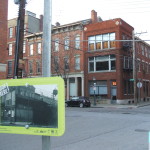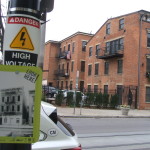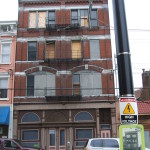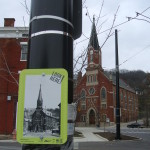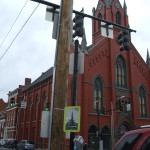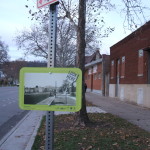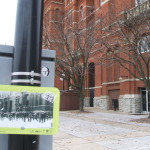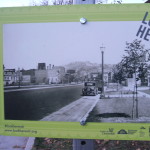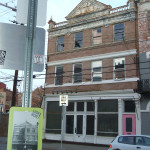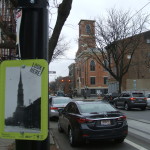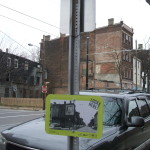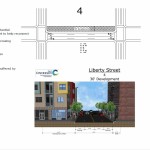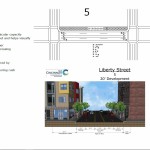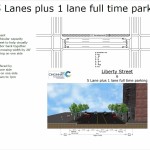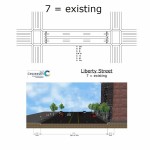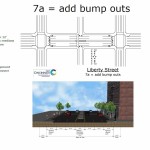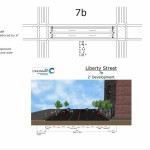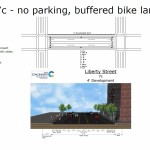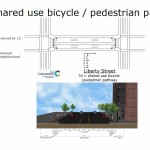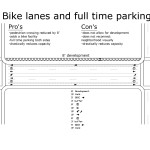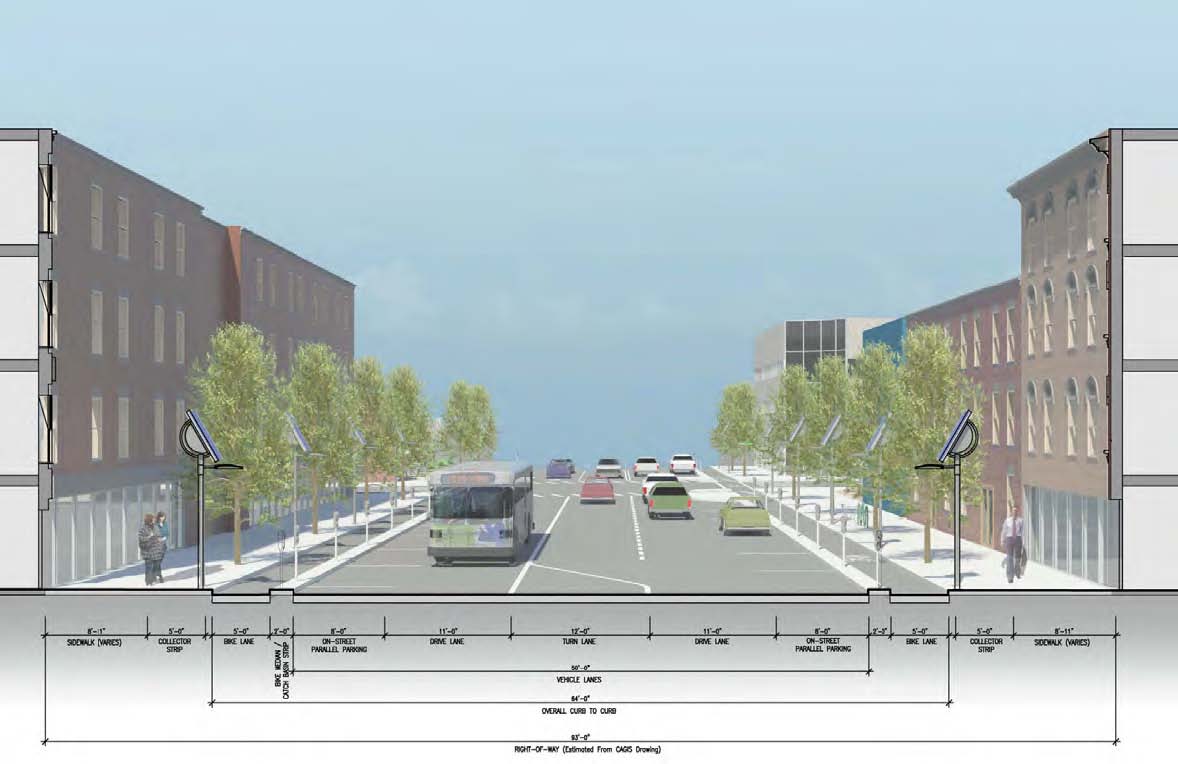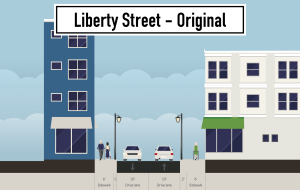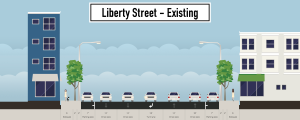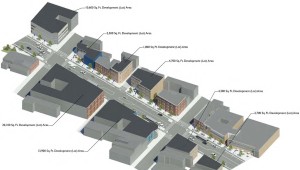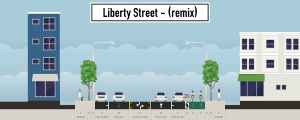After being approved this past October, Covington’s new parking plan for MainStrasse Village will go into effect later this month.
Historically it has been free to park in the area, but the parking plan, which includes new metered street parking, a pay lot, and parking permits, will change that. According to the City of Covington, pay stations will be installed along Main and W. Sixth Street on March 26, signs will go up a few days later, and the pay stations will be live on March 30.
The project is intended to increase parking turnover and create designated parking for residents, so that it is easier for both visitors and residents to find a spot to park in the popular business district.
MainStrasse has seen a surge of new business activity of late. The last year alone saw the opening of Son & Soil, Bean Haus, Frida 602, and Mac’s Pizza Pub. Three more – Commonwealth Bistro, Craft & Vines, and Lisse Steakhouse – are slated to open soon.
Since being announced last fall, the plan has proven to be controversial. Business owners, residents and area patrons have all spoken out both in favor and against the idea.
One of the common concerns is how the new parking fees will affect new and existing businesses. The worry is that the plan will hurt MainStrasse’s ability to compete with other nearby entertainment and restaurant districts including Over-the-Rhine, Downtown, and The Banks, even though those districts also include payment-based parking setups.
The enforcement hours in MainStrasse will be limited, relative to street parking in Newport or downtown Cincinnati, particularly in the evenings, which are prime business hours for restaurants and bars that make up the district.
With street parking free after 5pm, and lots capped at $2 after one hour, businesses may actually still struggle with limited parking turnover during their busy hours at night.
At $0.35 per half hour on the street, and $1 per half hour (with a maximum charge of $2) in lots, the cost of parking in MainStrasse will be somewhat lower than what is charged in Over-the-Rhine, downtown Cincinnati, or Newport, although slightly more expensive than parking in Cincinnati’s other neighborhood business districts.
In addition to visitor-oriented changes, the plan includes modifications to improve parking availability for nearby residents – for a fee.
Sections of Philadelphia Street, Bakewell Street, Johnson Street, W. Sixth Street, and part of the Fifth Street lot will become resident-only parking. Passes to park in these spaces will cost $25 to $30 annually, and each property will be allowed to purchase two passes. Going against national trends to get rid of one-way streets, Bakewell Street, between W. Sixth Street and W. Ninth Street, will become one-way to allow for even more residential parking spaces.
The move will place MainStrasse alongside Pendleton, Newport, and Clifton as areas that also have resident-restricted parking, but it will be the only area charging a fee for the residential permits.
While efforts continue to take place to establish something similar in Over-the-Rhine, such efforts have been stymied due to an impasse between Cincinnati Mayor John Cranley’s (D) administration and neighborhood residents and business owners. Under those previously proposed plans, Over-the-Rhine parking permits would have cost $108 per year or $18 per year for low-income households.
